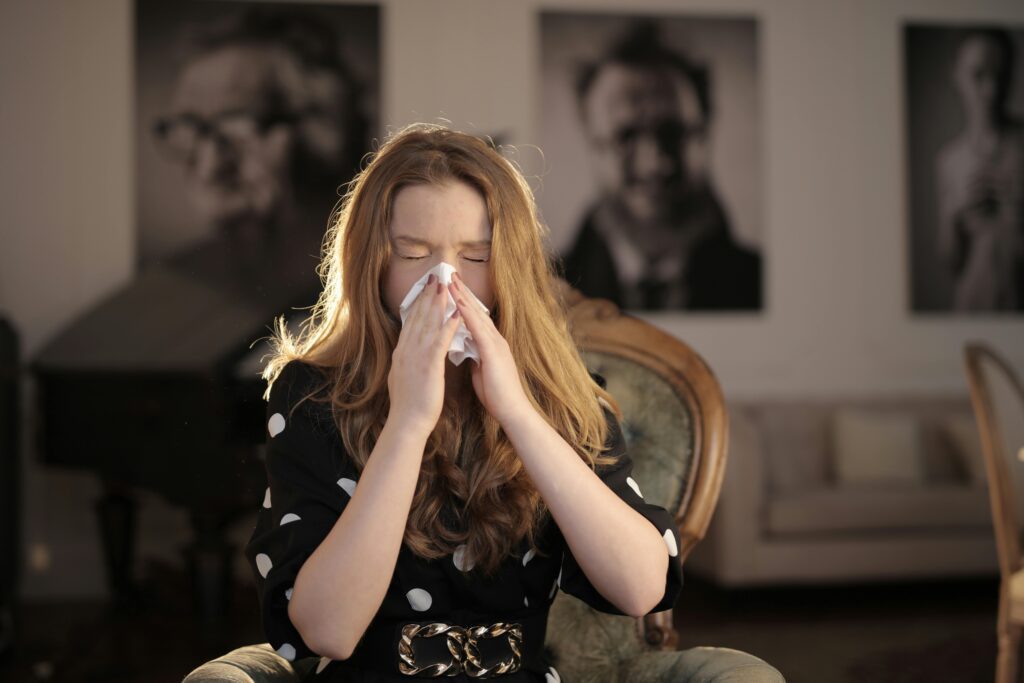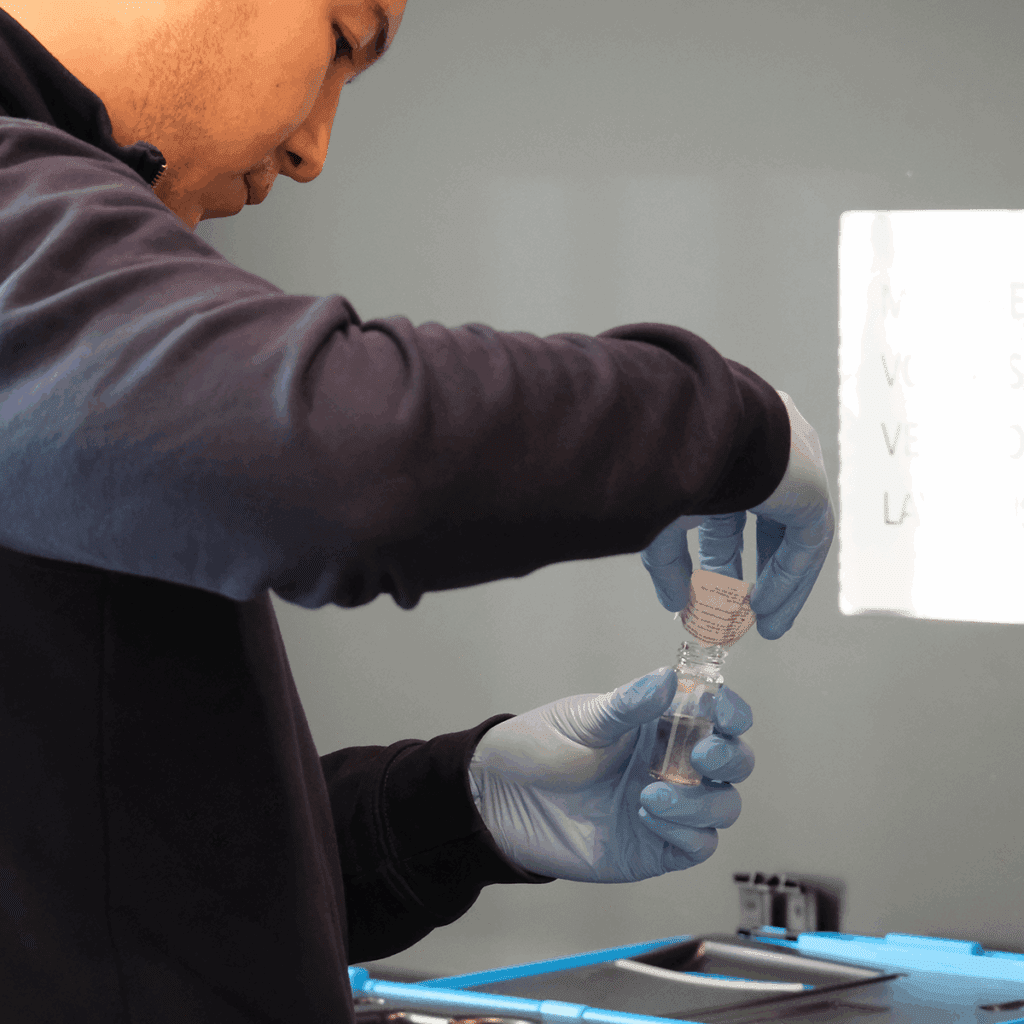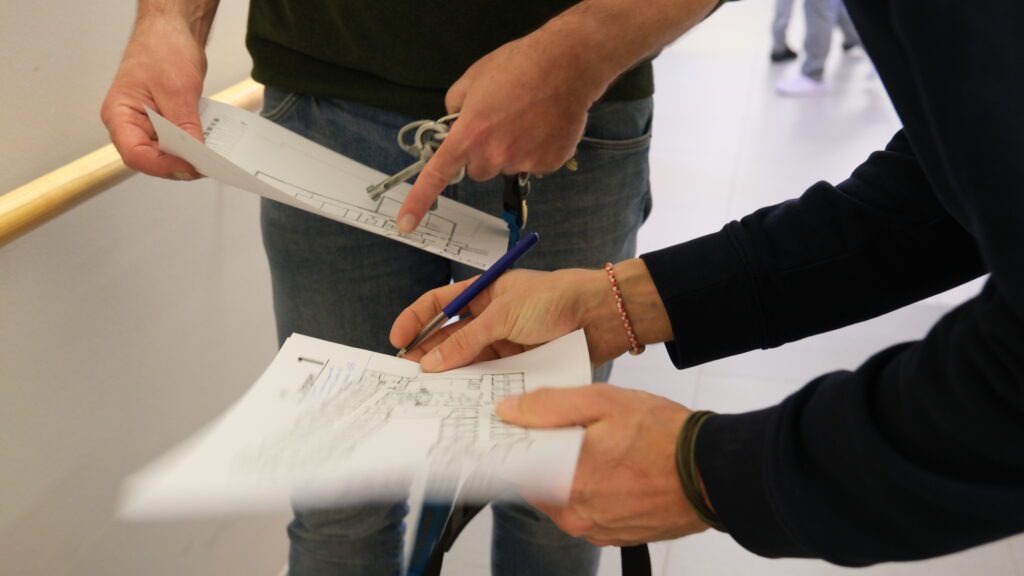Pollen allergies: Why do they get worse and how can you protect yourself ?
Every spring, it's the same story...
Red eyes, runny nose, sneezing fits… For millions of people, the arrival of the summer months means suffering. But did you know that air quality plays a key role in the intensity of these allergies? Find out how pollution and pollen form an explosive cocktail for your health – and how to cope.
The effects of pollen on health
Pollen, which is essential for plant reproduction, can have a major impact on human health. It is estimated that around 400 million people worldwide suffer from allergies, many of which are linked to pollen. These allergies, also known as allergic rhinitis, can manifest themselves through a variety of symptoms:
- Sneezing
- Nasal congestion
- Itchy, watery eyes
- Breathing difficulties
In the most severe cases, pollen allergy can even trigger asthma attacks, putting the lives of those affected at risk.

Pollen + pollution: a formidable duo for your health
The quality of the air we breathe is directly influenced by the presence of airborne pollen.
Pollen in the air: an underestimated risk
- In their natural state, pollen grains are often too large to be considered as fine particles (PM10).
- However, they can fragment into microparticles (PM2.5), capable of penetrating deep into the respiratory tract.
- Result: more pronounced allergic and respiratory symptoms.
When pollution turns pollen into an invisible enemy
- Atmospheric pollutants such as fine particles and nitrogen dioxide alter the structure of pollen, making it more allergenic.
- Pollution also encourages pollen fragmentation, producing ultra-fine particles that infiltrate the lungs even more easily.
Greater danger in urban areas
- In cities, pollution is more intense, making pollen more aggressive.
- The result: an increased risk of severe allergies and respiratory problems for city dwellers.
What can you do to breathe easier?
- Avoid pollen peaks: Check pollen forecasts and limit outdoor activities on high pollen days.Wear a pollen mask if needed.
- Protect your home: Close windows at key times, use an air purifier, and install pollen filters on windows. Clean regularly and use hypoallergenic bedding.
- Monitor pollution: Stay updated on air quality levels in your area and avoid outdoor activities on polluted days.
- Hydrate and care for your respiratory system: Drink plenty of water and use nasal saline sprays to clear allergens.
- Daily habits: Rinse your hair and change clothes before bed to remove pollen and dust.
- Consult a healthcare professional: If symptoms persist, talk to your doctor about allergy treatments.
Conclusion
More than just a seasonal allergen, pollen is becoming a threat that is amplified by pollution. To limit its impact, it's essential to monitor air quality.
We believe that clean air is a fundamental right. Affected by pollution and environmental changes, these allergies impact millions, highlighting the growing need for accurate data and proactive solutions.
That’s why we developed the Pure Cities project in collaboration with Belfius. By deploying real-time pollution sensors, Pure Cities identifies air quality issues and supports the development of targeted action plans to reduce pollution. By mitigating these harmful factors, we help lessen the impact of allergens and build healthier, more livable urban spaces.
To find out more, visit our dedicated page: Pure Cities.
Latest Articles

School air quality: protect children today | Airscan
Children are more vulnerable to air pollution at school. Key Brussels data, effective measures (school streets, LEZ), and Airscan solutions: monitoring, smart ventilation, certification‑ready reporting.


Ventilation Audits in Flanders Care Homes: Airscan’s 40‑Site Study on Indoor Air Quality
Airscan’s audit of 40 Flemish care homes uncovered critical ventilation issues: nearly 1 in 4 rooms exceeded safe CO₂ limits. With VEB and VIPA support, the study offers data-driven solutions to protect residents’ health.
